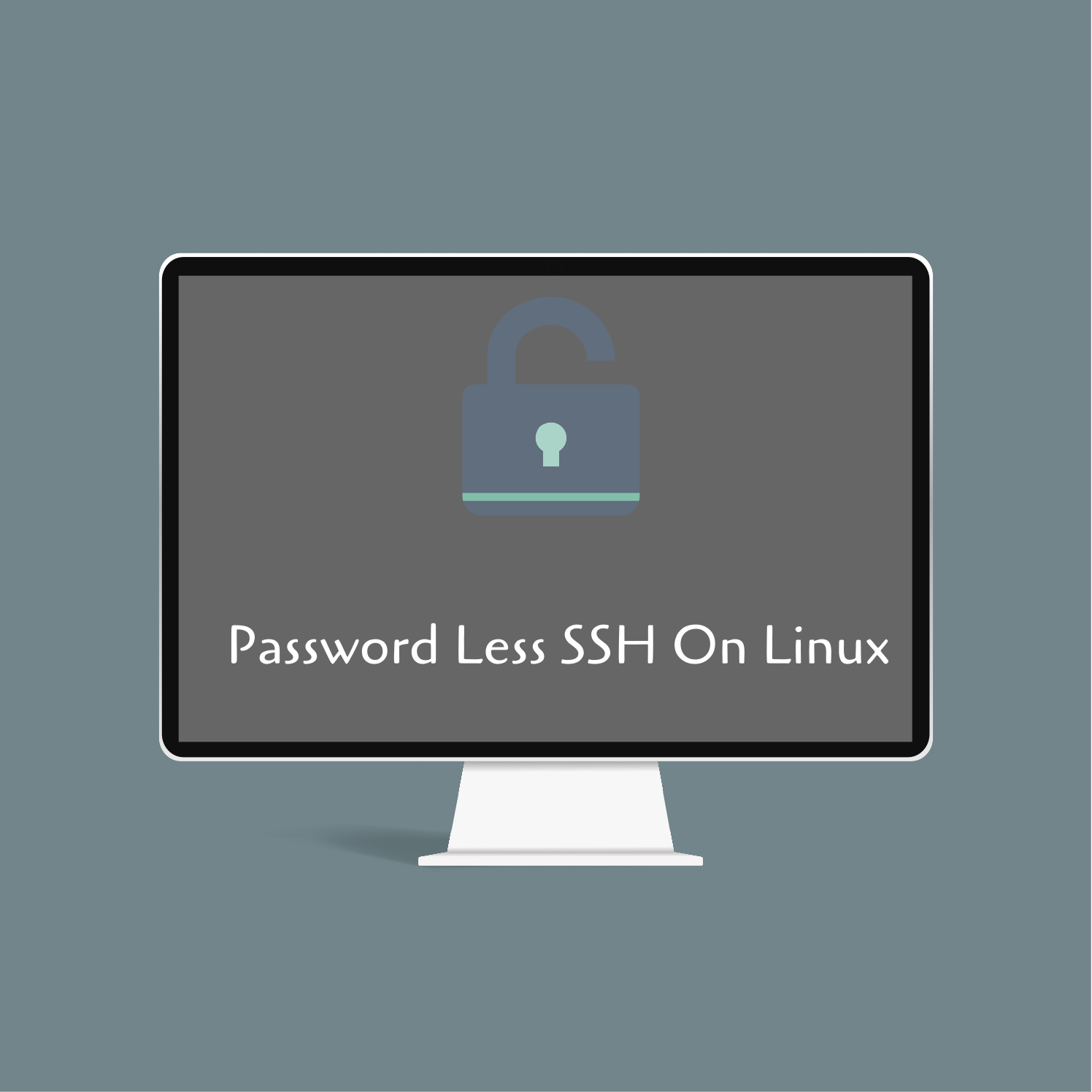Setup Password Less SSH Authentication On Linux
Image by Arief JR
SSH (Secure SHELL) is the opensource tools and trusted network protocol which used for remote log in to servers. This function can execution of commands and programs, but can use for transfer files like sftp, scp and rsync commands.
This article, will show you How to set up password-less login on any linux to keep connect to remote linux servers without entering a password.
Example: Assume have 1 local machine (PC) and 1 linux server
1. Create Authentication SSH-Keygen keys on local machine
Linux and Mac
Open your terminal, and type command:
1
ssh-keygen -t rsa -b 4096 -C ''
The above options is:
-tthe type encryption type, in above choose torsa-bthis is generate bit keys, use 4096 is recommended. If default or without this option will generate 2048 bit keys-Cthis comment for generate the ssk key- another options you can use
-mfor formatting. like use the key with format extension.pem
If you want generate with format extension, here this command:
1
ssh-keygent -t rsa -b 4096 -m pem -C ''
Then convert your rsa key with openssl, for example:
1
openssl rsa -in id_rsa -out id_rsa.pem
The id_rsa is default rsa key name when you generate, you can customize the rsa key name with other.
Windows
As default windows 10 or above are disable ssh client, so you need enable ssh client on windows. you can follow this link
After enable, open the powershell then type ssh-keygen
2. Add key to linux server
First setup your linux user without password
1
useradd -m -s /bin/bash tuxnoob
Need to note, assume you had finished setup the user without set password and give the sudoers. Then create:
1
tuxnoob$ mkdir .ssh && touch .ssh/authorized_keys && chmod 0600 .ssh/authorized_keys
Then copy your id_rsa.pub in earlier created, to see this id_rsa.pub on linux/mac terminal you just type cat command or in windows with type command.
Edit the authorized_keys file on your server, in here use vim editor:
1
vim .ssh/authorized_keys
Then paste the value of id_rsa.pub, save and close.
You can use ssh-copy-id command, but it will need password first because need authenticate before setup password-less.
Test ssh with password-less to your linux server with command:
1
ssh -i id_rsa.pem tuxnoob@(ip-address)
3. Securing the ssh access
This part just extra for securing your ssh access, you can enable this firewall with iptables, ufw on ubuntu, firewall-cmd on redhat based. Before jump to firewall, we should need changes first the ssh config in below:
1
2
3
4
5
6
7
8
9
10
11
12
13
14
# In this authentication section change on allow users to login, maxium auth and sessions:
MaxAuthTries 3
MaxSessions 3
AllowUsers akagami
# To disable tunneled clear text passwords, change to no here! (change this line passwordAuthentication to no, because there are already setup password-less )
#PasswordAuthentication yes
PasswordAuthentication no
# PAM authentication via ChallengeResponseAuthentication may bypass (change this line PermitRootLogin to no, this for prevent to login ssh with root user)
#PermitRootLogin yes
PermitRootLogin no
